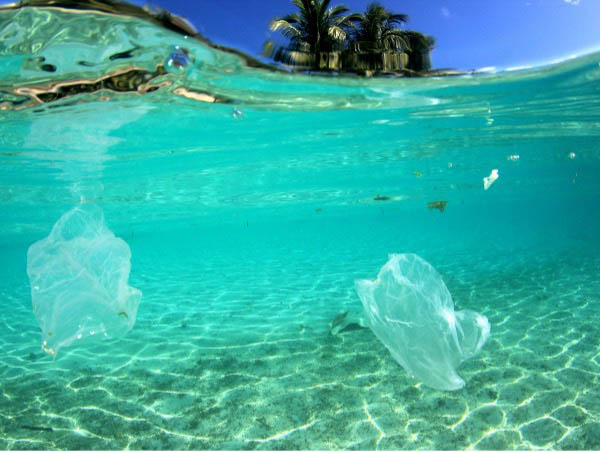Litter in the ocean is an ongoing problem for the world’s ecosystems, but knowing how to help during underwater cleanups can help. Here are a few tips.
Humans are the number one producers of the world’s waste. Therefore, many have taken to cleaning up the trash that fills it to reverse the damaging impact we have caused over generations. Read on for five quality tips on underwater ocean cleanups.
Control Your Dive
As you dive into the ocean, it’s important to have a controlled dive with the right buoyancy so you don’t float or sink at random intervals. Keep a neutral buoyancy to control how fast you dive and rise by breathing slowly and wearing the right weight. Keeping a good buoyancy will help you remain still to collect trash throughout the cleanup.
Always Cover Your Hands
The litter you pick up in the ocean will involve various items, from sharp metals to harmful chemical containers. In any situation, ensure you pick up litter using protective gloves to protect your hands and reduce the bacteria attached to your fingers. Handle sharp objects carefully, and consider how they may rest within your trash bag as you collect more litter.
Watch Where You Touch
The ocean has many creatures living within it, some of which are harmful to humans. When you take part in an underwater ocean cleanup, it’s important to watch where you touch, especially near reefs where small, dangerous creatures hide.
For example, a cone snail is a dangerous animal with a venomous sting. These small mollusks hide in coral reefs globally, and it’s easy for an unsuspecting person to reach for its shell, mistaking it for garbage and getting pricked by its stinger. Always watch where you grab and mind your reach, so you don’t interact with dangerous animals as you work to clean up their habitat.
Keep an Eye Out for Predators
There are many predators in the sea, such as barracudas and sharks. Some fish species also prey on humans, so you’ll need to be on the lookout while underwater if you catch their eye. The best way to not attract an underwater predator is to remove anything shiny or metallic. Occasionally, look around as you pick up waste to ensure the coast is clear and that a sharp-toothed fish isn’t swimming your way.
Only Open Your Trash Bag When Necessary
It’s essential to keep your trash bag closed during an underwater cleanup. Only open it when placing garbage inside, ensuring you keep the bag still, so the contents don’t float out. It’s best to fill your bag three-fourths of the way so you don’t overfill it and cause it to burst.
Healthy ocean life is important for the world’s ecosystems, including ours on land, making underwater cleanups essential for the safety of sea life. Fortunately, plastic manufacturing is becoming greener as time passes and finding new ways to create sustainable products. However, until these environmentally friendly items become commonplace, use these tips for a safe and enjoyable underwater cleanup. After all, who knows what treasures you’ll find among the world’s trash?







